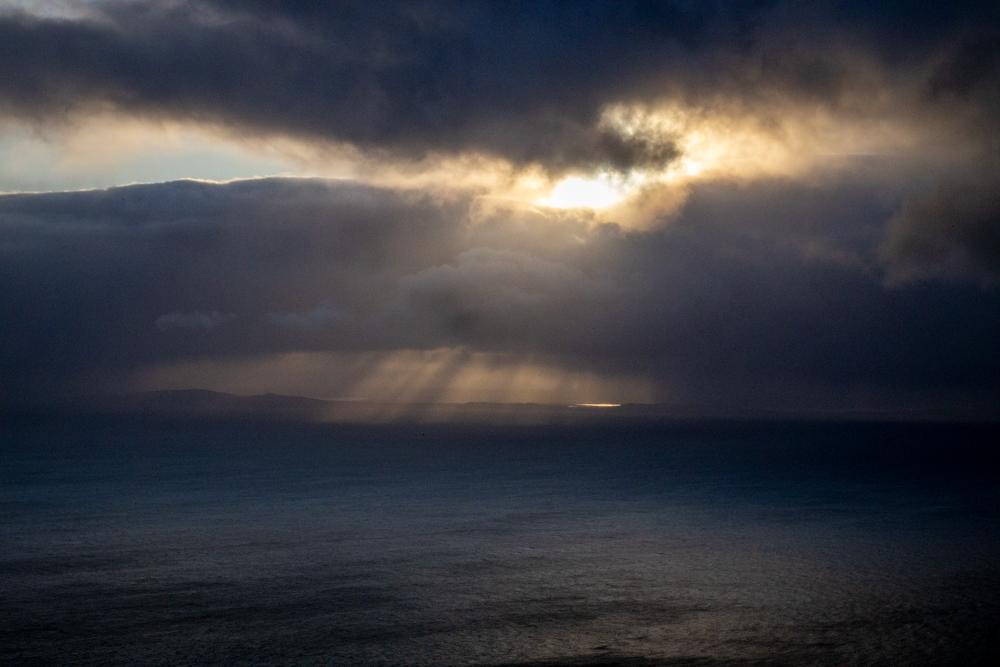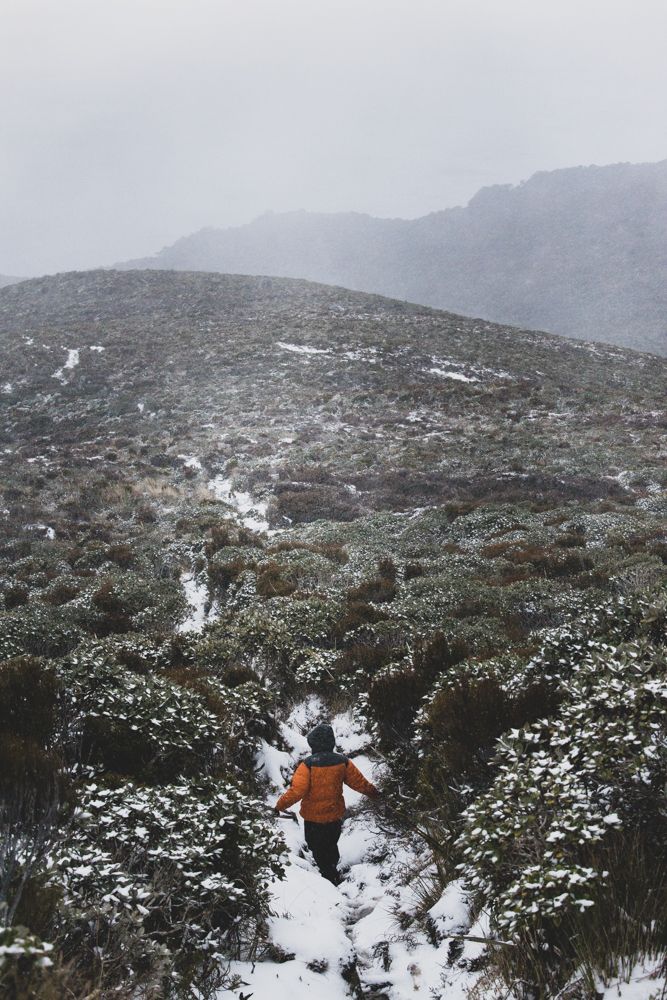Majestically soaring and almost clipping the grey and white topped waves, forty knots of bitterly cold southerly right in the face. Massive rollers moving in from the southwest smashing our laden boats around, before crashing into the west coast bluffs and refracting back creating a turmoiled mess of water. The Southern Ocean was alive!
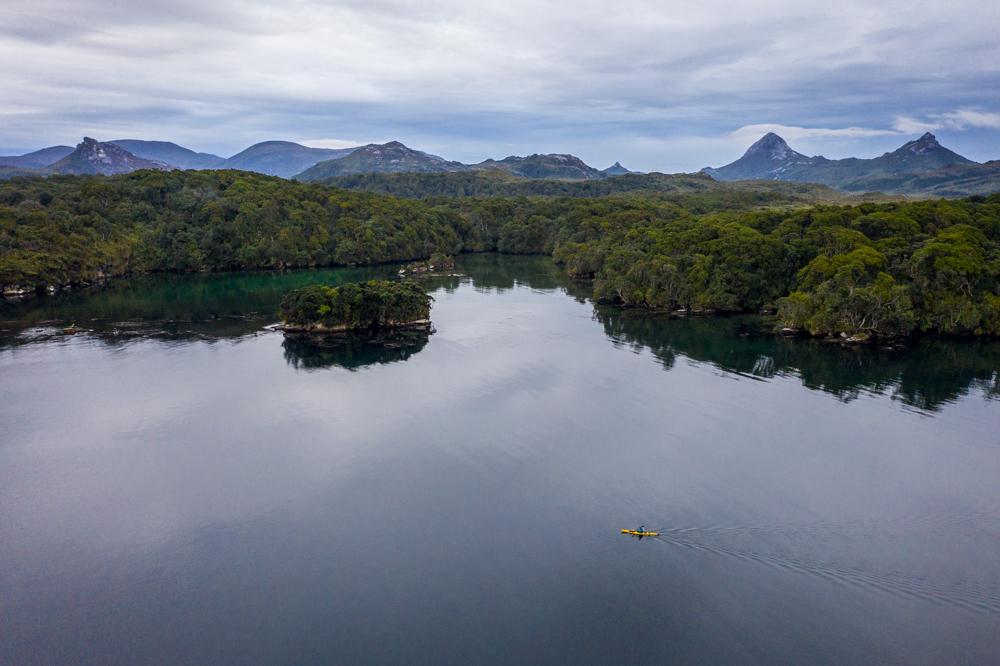
Covid-19 turned everything upside down and made me realise how lucky I am to be living here. With New Zealand’s borders closed the country felt empty, but there was an influx of people around the less inhabited areas of the country taking the opportunity to explore their own backyards. Spending my first all-year around in New Zealand, certainly gave me the opportunity to travel and explore the country, or rather, the ocean in a different way.
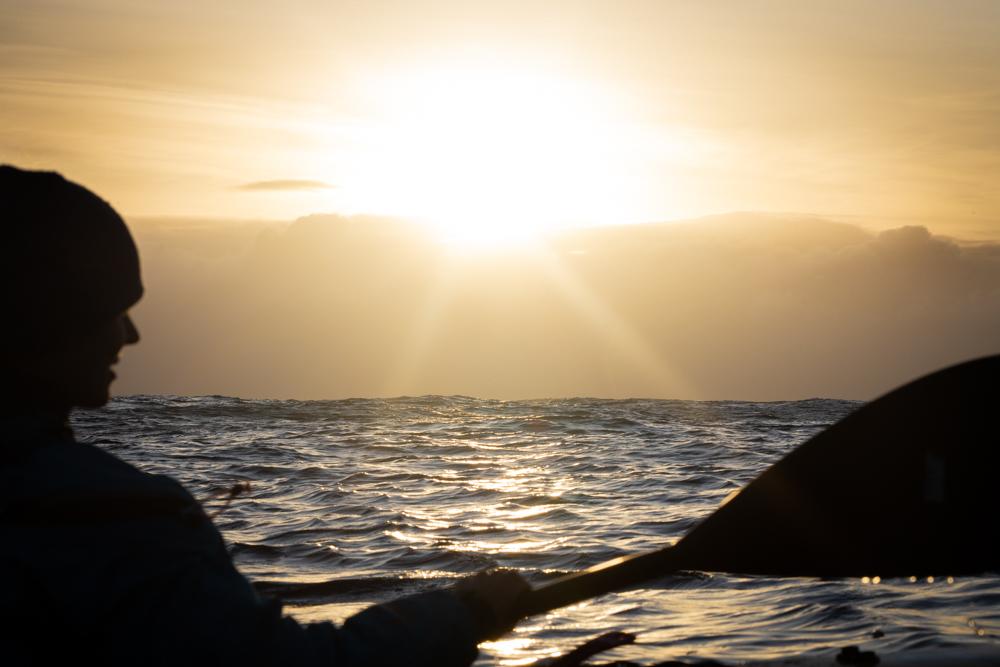
Doing this trip was, as usual for me, a last-minute plan. With all of us having zero sea kayaking experience and some loose planning, it was going to be something different. There is something about a circumnavigation that makes the journey more appealing, more of an adventure and extraordinary and just more than a regular vacation.
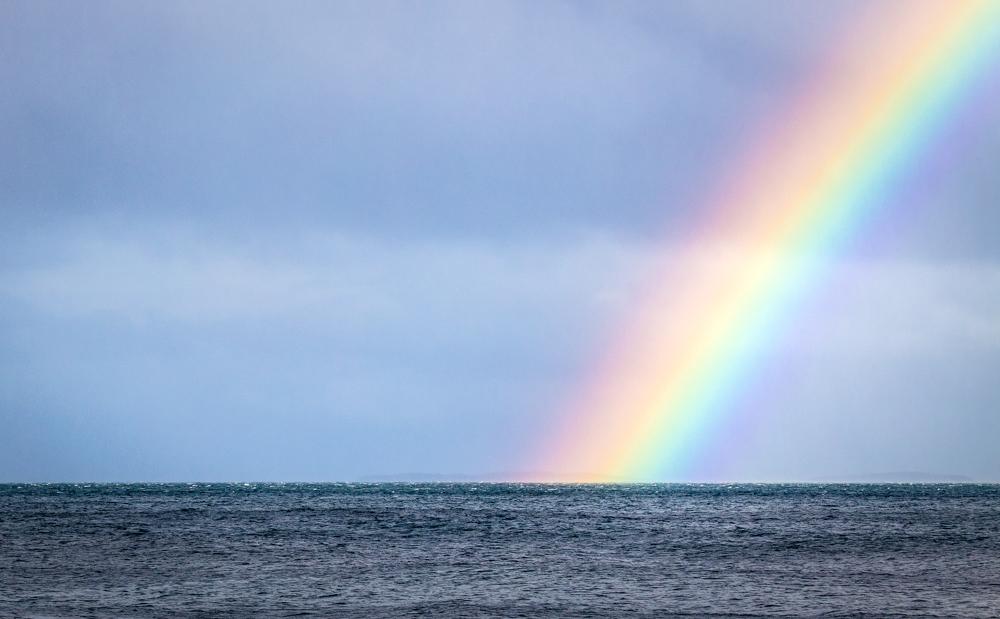
As soon as we started to do some research and talked to people, we realised it could be a bit more full-on than we originally expected. Many we had spoken to had warned us of the high likelihood of wild weather, huge seas and big surf (and also great whites).
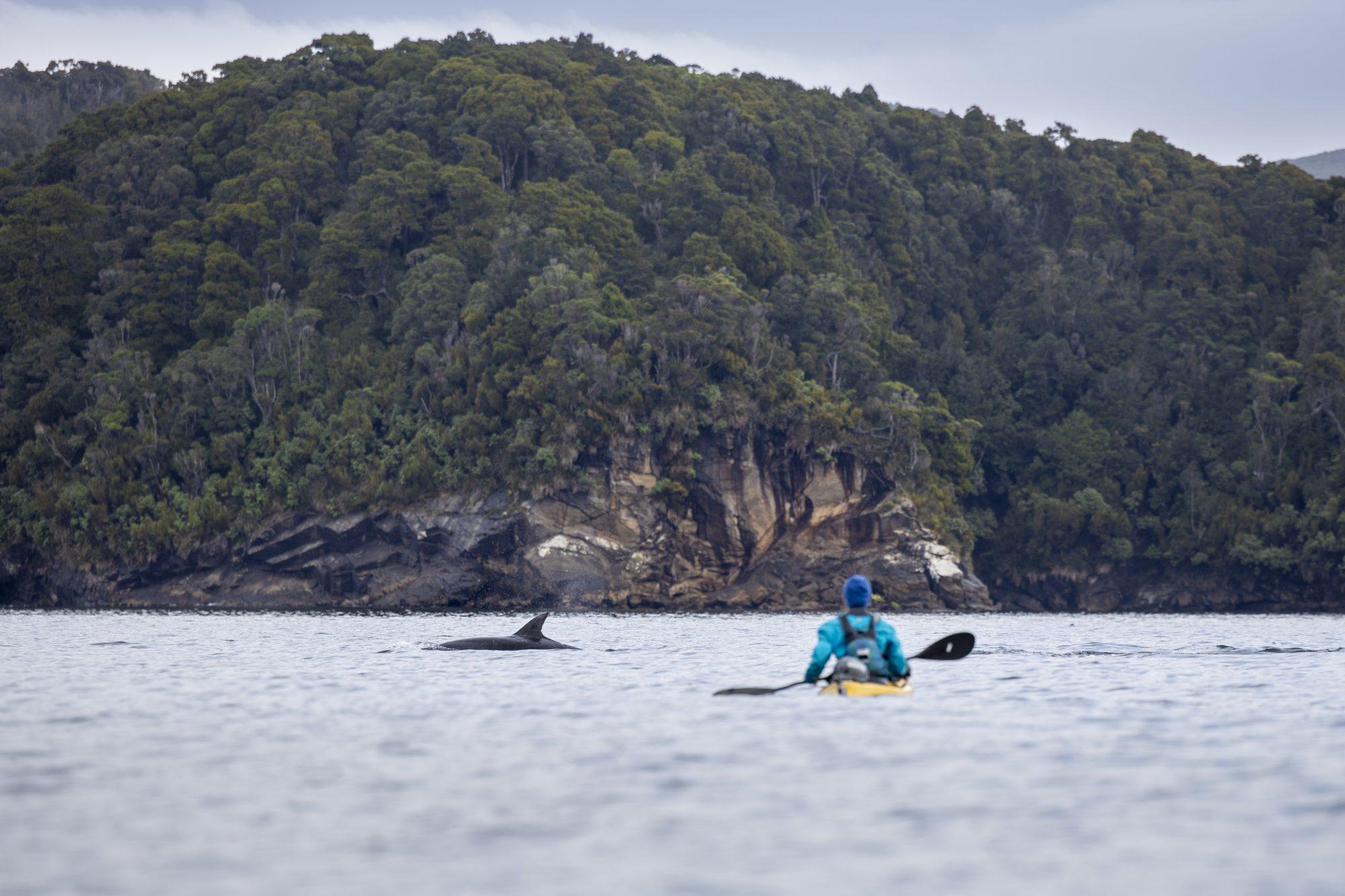
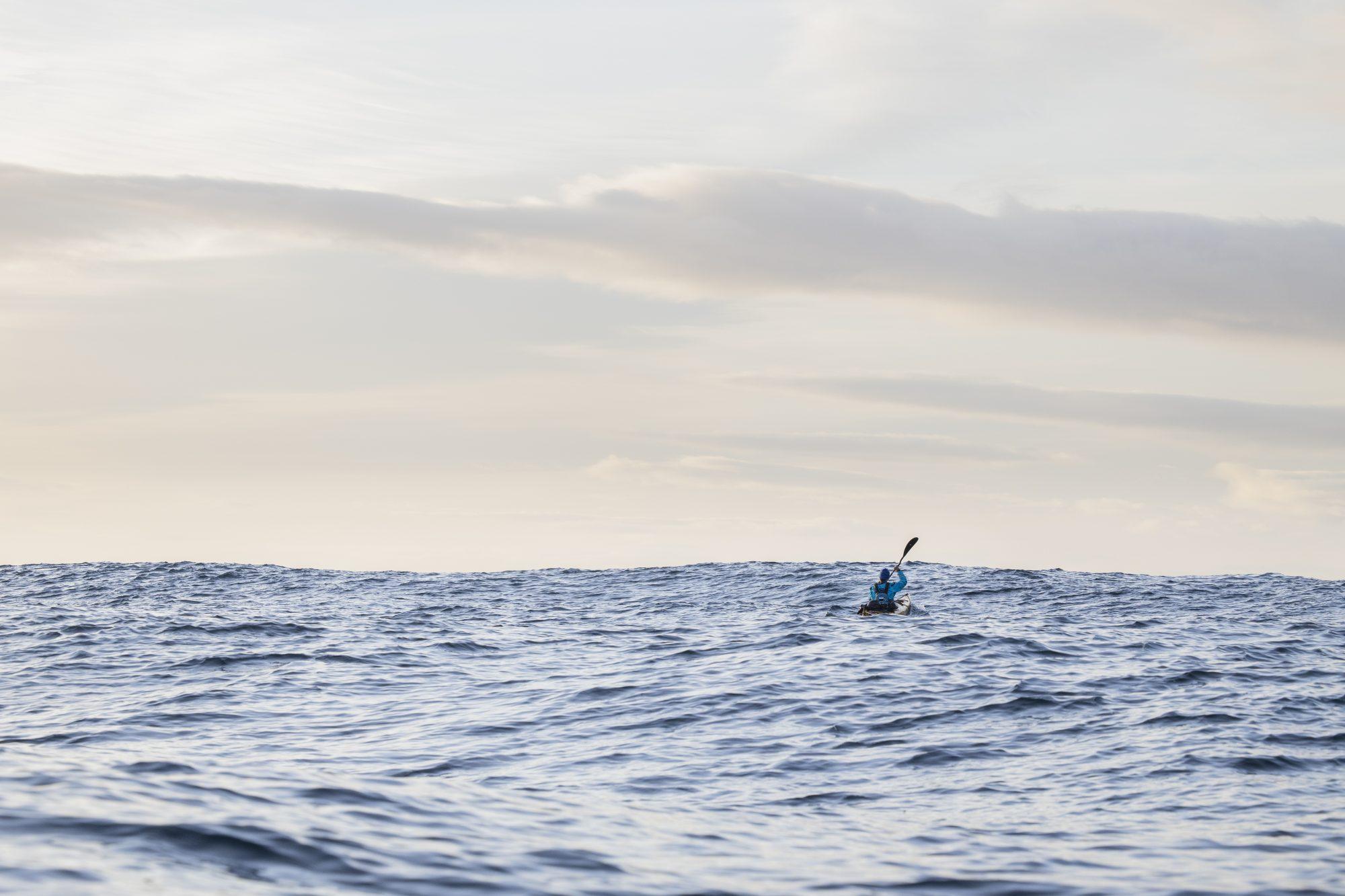
As the ferry docked in Oban, the capital – or really the only town in the island, the Half-Moon Bay beach, in the centre of town, became a sprawling mess of equipment, food and kayak kit as the team readied itself to embark on an attempt to circumnavigation of Stewart Island. As the sun was only just poking up on the horizon, we launched off and headed West, unsure of how long this journey was going to take us.

The West Coast of Stewart Island is relentless. It’s rugged and wild. Constantly bashed by the Roaring Forties combined with giant waves reaching their first landmass since being drummed up in Antarctica. There’s a reason it’s an isolated in inhospitable place.
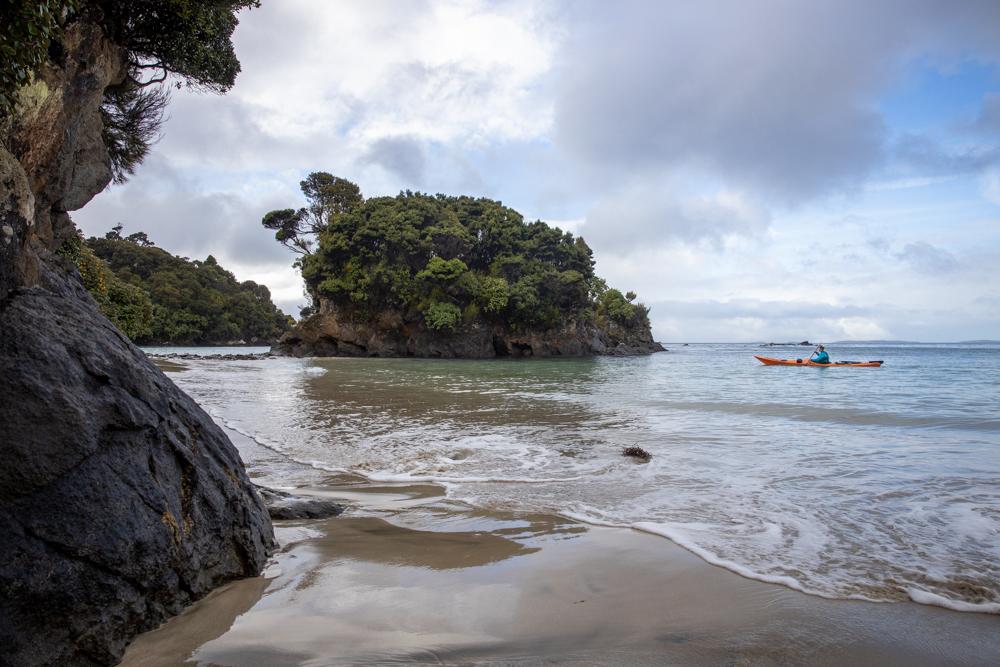
We hoped for great weather but planned for the worst. It was mid-winter after all. Day one, two, three and four saw minute progress along the Northern Coast, constantly pushed back by gusting Westerlies. Eventually seeking shelter at the aptly named Christmas Village Hut to wait out the storm, recalculate our timeframe and continuously counting our food.*
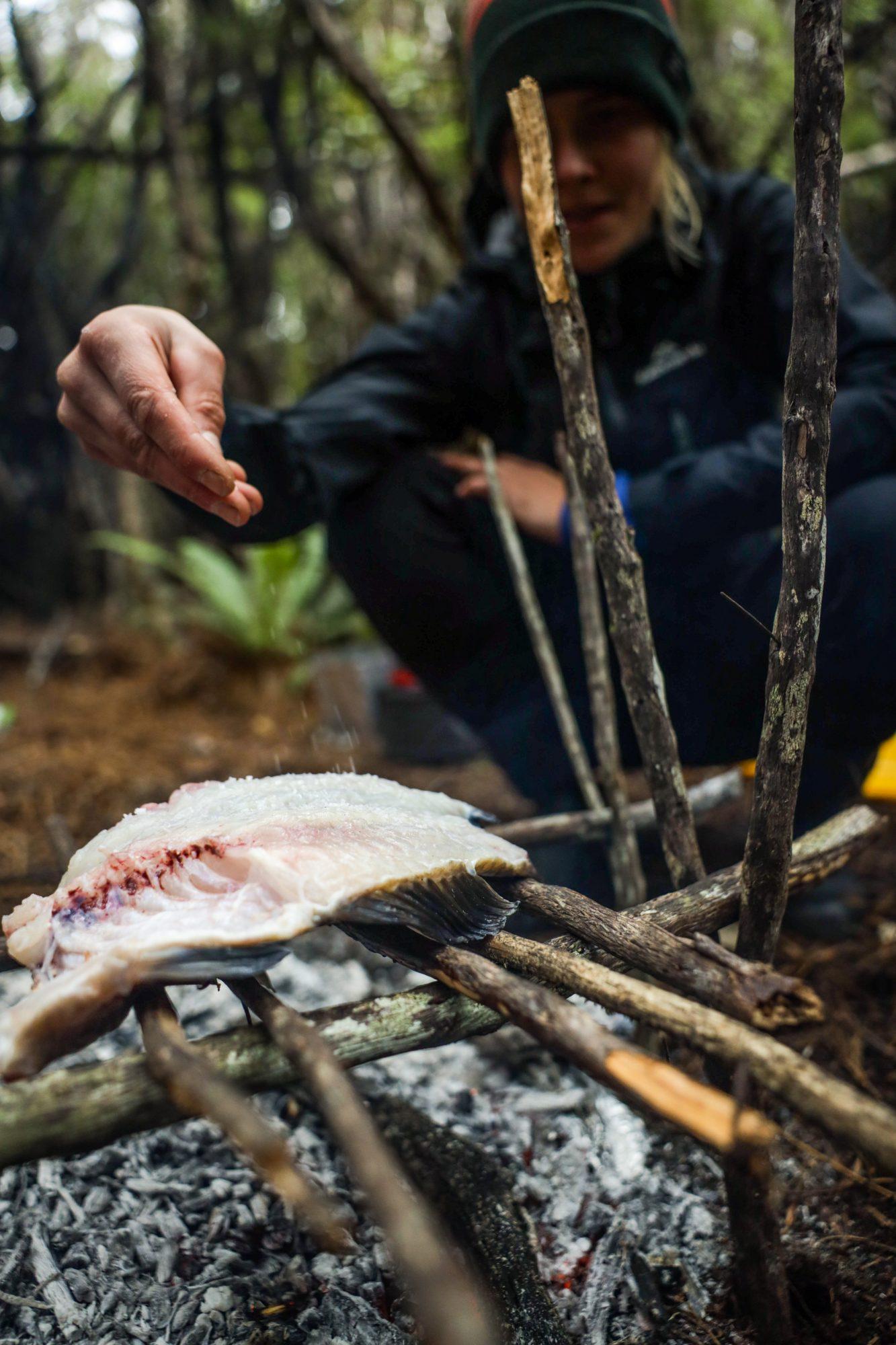
*We had food packed for about ten days and after day four we weren’t even a quarter of the way yet. Lucky there was plenty of fish in the sea, as soon as we put a line down, the fish were biting.)

Finally, the waves and wind subsided, and we went for it – rounding the North West Cape and heading South, a massive day as we passed by beautiful remote Stewart Island. From there we battled swells, wild weather before waiting out for wild weather to pass before making a run for the South Cape. From there it was plain sailing – heading North, the end in sight. Fatigued and broken, our boats came to a rest on the beach we’d set off from twelve days prior. We dragged the boats up to their final resting spot – we’d got it done!
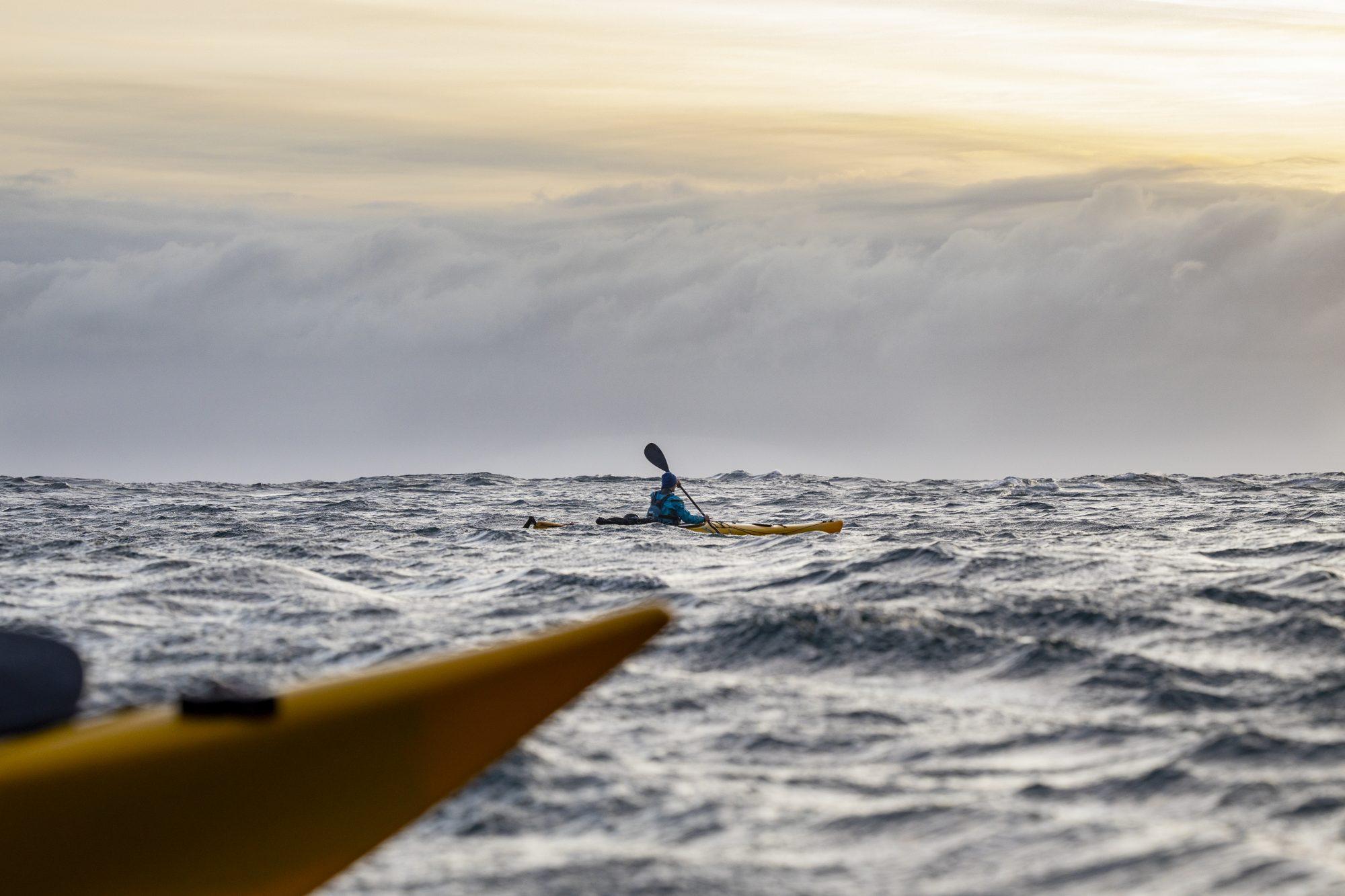
Stunning, remote, rugged and unpredictable are the words that can be used to describe the trip. It’s a challenge balancing capturing the expedition to tell the story of being out there without taking away from the authentic experience of just enjoying it. Alone. Isolated. In nature – exploring somewhere new, untouched and beautiful. Shooting from a kayak is a dangerous game. There were plenty of shots uncaptured. Magical moments on the water where we couldn’t dare take a hand off the paddle let alone get our cameras out.
